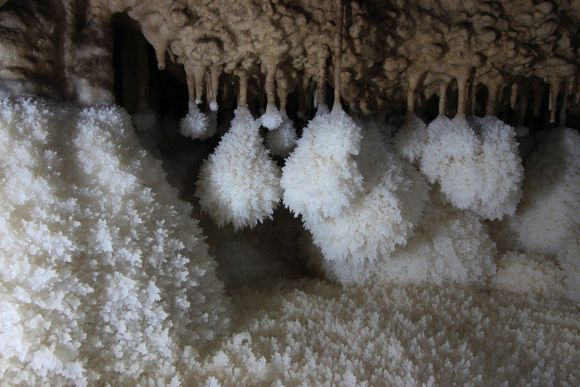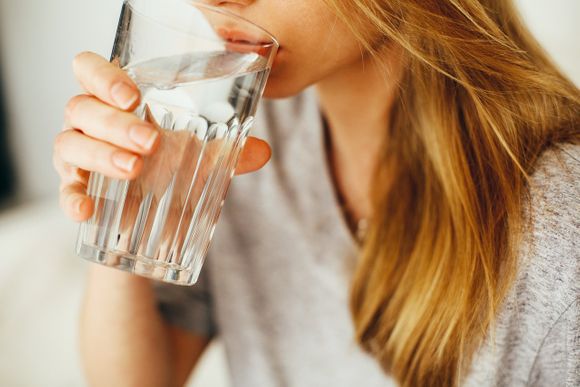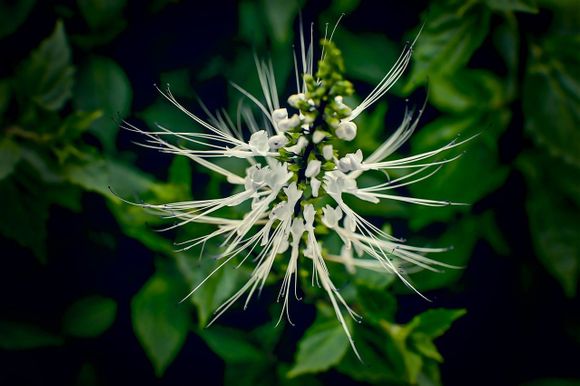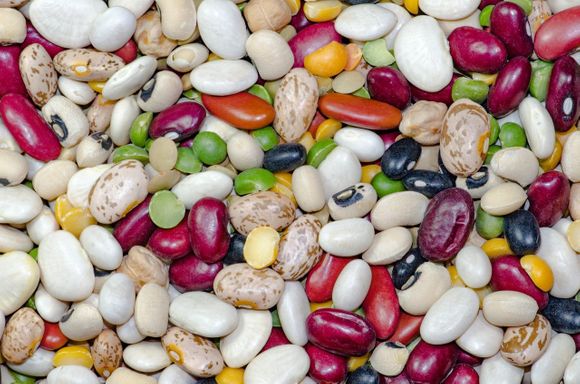Author: Rositsa Tashkova, Master of Molecular Biology and Microbiology
The formation of sand or kidney stones (urolithiasis) has a relatively common occurrence - 1 in 10 people encounters this problem at least once in their lifetime. For some patients this is rather accidental, but others are prone to frequent crises. The danger of a second crisis - once it has happened - is around 15% in the first year and 50% over the next five.
Kidney crises cause one of the most severe pains that the human body can experience, and a crisis can happen even in cases where there are no stones yet formed, but only sand. Half a million people every year need urgent help due to kidney crises.
Unfortunately, removing the stones is not easy, and some therapies, such as extracorporeal lithotripsy, can lead to kidney damage. [ref.1]
What types of kidney stones are there
Kidney stones are also called concrements and are different types based on their chemical composition, but generally fall into two groups: organic and inorganic. There are also mixed kidney stones.
Organic stones:
- Cystine stones - rare, whitish-yellow in color;
- Uric acid stones - they are formed from uric acid and have a whitish-yellow to dark brown color;
- Cholesterine stones - black color, crumbly;
- Xanthine stones - have a brownish color.

Inorganic stones:
- Calcium oxalate stones- the most common type, dark brown or black;
- Calcium phosphate stones- brittle, whitish or gray color;
- Magnesium phosphate stones - they are formed in chronic bacterial infections in the urinary system, have a dirty gray or brownish color.
Useful tips for prevention
Since kidney stones have a different chemical composition, and therefore a different reason for their formation in each patient, it is necessary that the approach to treatment and prevention be individual.
However, there are some general principles that are good to be observed by those prone to urolithiasis, regardless of the specific reasons:
- Take such a quantity of fluids, which leads to the excretion of at least 2 liters of urine per day.
- Do not take more than 2-3 grams of salt daily, since a large amount of salt leads to calcium retention in the urine, and this is a risk factor for stone formation. Unfortunately, almost all food products contain a certain amount of salt.
- Reduce the intake of proteins of animal origin, since this lowers the pH of urine and creates a prerequisite for an increase in calcium in the urine.
- Do not limit calcium intake unless it is found to be excessive. Decreased calcium intake leads to increased absorption of oxalates in the intestine, which may increase the risk of calciumoxalate stones.
- It is not advisable to exceed the dose of 500 mg of vitamin C (ascorbic acid) per day if taken in the form of a supplement, since it can turn into oxalate in the body.

Which herbs and plants may help those suffering from urolithiasis
Some medicinal plants have shown a positive effect in human clinical trials. Data taken from the scientific review published in 2009 "Herbal Medicines in the Management of Urolithiasis: Alternative or Complementary?" [ref.2].
Citrus fruits
Citrus fruits and juices are a good natural source of citrate - a substance we know inhibits the formation of calcium kidney stones, since it forms soluble compounds with calcium and thus does not allow it to bind in insoluble calcium oxalate and calcium phosphate.
A particularly large effect has the intake of lemon juice or homemade lemonade [ref.6], followed by grapefruit, orange and even apple juice.

Herbs with diuretic effect help propel the stones
One of the main recommendations to patients suffering from kidney stones is to take plenty of fluids, to help dispose of them with the help of increased urine volume, in a completely mechanical way (if the stone is too large, it is removed surgically or by other means).
Therefore, herbs that have a diuretic effect would be beneficial, because they increase the amount of urine released.
- European goldenrod (Solidago virgaurea), also known as woundwort;
- Roselle (Hibiscus sabdariffa) - as an infusion it is also known as carcade, and as the rosella or rosella fruit in Australia;
- Elderberry (Sambucus nigra) - common names include elder, black elder, European elder, European elderberry, and European black elderberry;
- Cat's whiskers or Java tea (Orthosiphon grandiflorus) - in the form of an infusion it improves renal function and the discharge of excess uric acid;
- Gale of the wind, stonebreaker or seed-under-leaf (Phyllantus niruri) - the aqueous extract of this herb lowers the level of calcium in the urine.

Other medicinal plants might also help patients wirh kidney stones
In addition to the diuretic effect, substances in some herbs can also directly affect the concrement. Such examples are:
- Paashaanbhed or Prashanbheda (Bergenia ligulata) - the herb is traditionally used in India and Pakistan; some studies have shown that it can prevent the formation of calcium oxalate stones by several mechanisms - inhibition of crystal formation, diuretic effect, removal of magnesium from urine and antioxidant properties. [ref.3]
- Tribulus terrestris- the herb can prevent the formation of kidney stones of the type of calcium oxalates. This is due to the ability of thesubstances quercetin and kempferol in the herb to suppress the enzyme that is responsible for the formation of oxalates. [ref.4] It is also known as goat's-head, bindii, bullhead, burra gokharu, bhakhdi, caltrop, small caltrops, cat's-head, devil's eyelashes, devil's-thorn, devil's-weed, puncture vine, and tackweed.
- Crataeva nurvala (Crataeva magna) - the bark of the plant is used, it has a number of effects on the urinary system and the formation of kidney stones. [ref.5]
One of the main problems associated with conventional methods of treatment of urolithiasis is the recurrence of kidney stones, which worsens the quality of life of patients and causes them severe pain over and over again. The combination of these methods with appropriate herbal therapy, followed by a specialist, may prove to be the key to solving this problem.
Q&A
What are the symptoms of kidney stones?
If you have a kidney stone but it does not move in the kidney or in the ureter (the tube that connects the kidney to the bladder), you will not feel anything. But if the stone clogs the ureter, it leads to its spasm, as well as to the retention of urine in the kidney. This in turn causes very severe pain in the sides and back, under the ribs; pain when urinating; pain that intensifies and subsides or pain that spreads to the lower abdomen and groin. In addition to pain, other symptoms are: changes in the color and smell of urine (red, pink or brown shades), frequent need to urinate or urine in small amounts, nausea and vomiting. In case of any of these symptoms, contact a doctor immediately.
Can I pass a kidney stone using natural remedies only?
It is possible for the kidney stone to leave the body without external intervention, if its size is not large. However, consultation with a doctor is very important - together you can decide what is the most appropriate therapy.
Which drugs may cause kidney stones?
Some antibiotics, such as ciprofloxacin, some medicines used to treat AIDS, some diuretics (furosemide, acetazolamide, triamterene, hydrochlorothiazide), glucocorticoids such as dexamethasone, some antacids, acyclovir (against viral infections), indinavir (protease inhibitor), probenecid (against gout), aspirin (and other salicylates), may increase the risk of developing various types of kidney stones.









